
Wine Culture Magazine
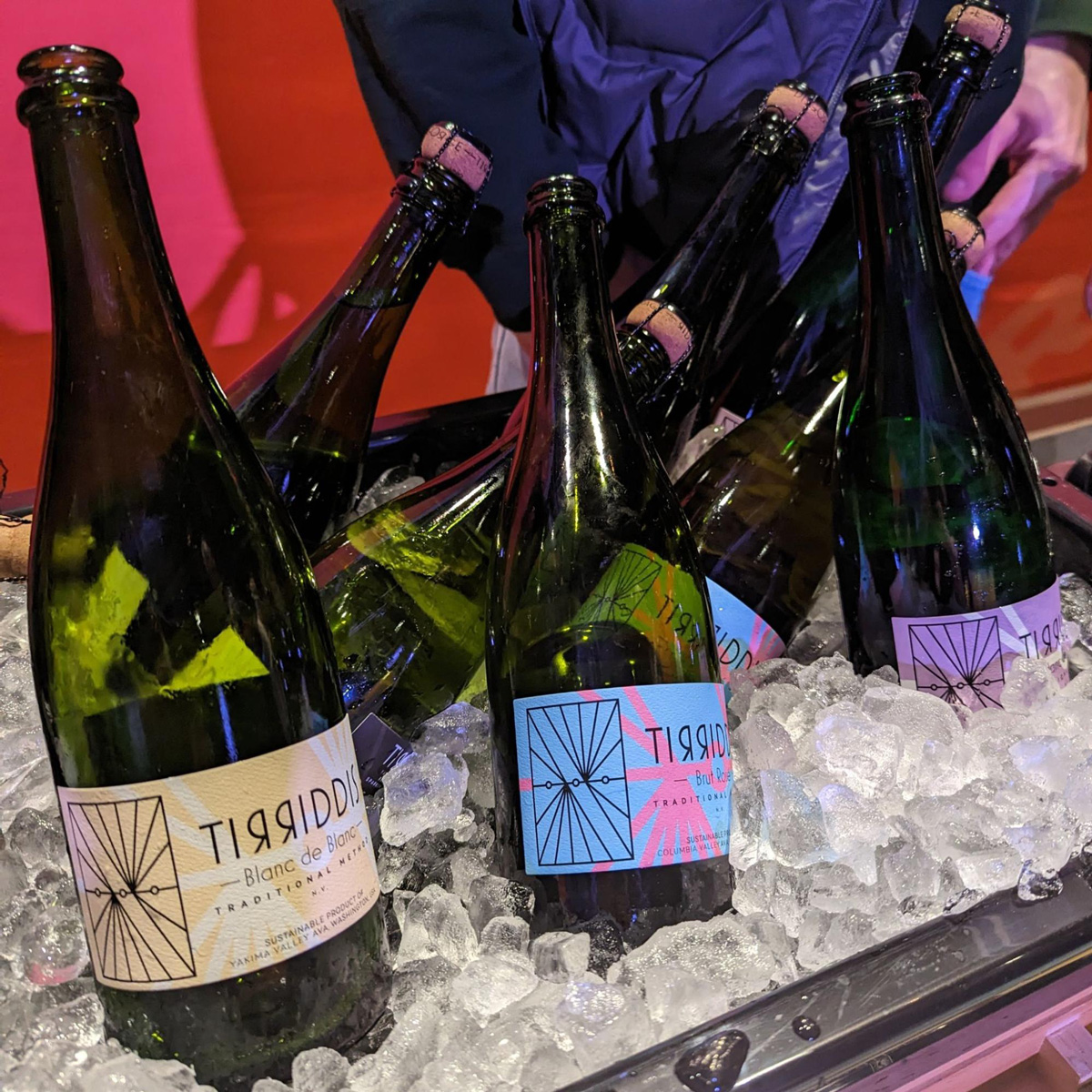
Prosser’s Tirridis produces traditional method sparkling wines. Barb Wild photo
March is Washington’s wine month. Taste Washington, the largest single-region food and wine festival in the United States, resumed in Seattle from March 6 to 13 after a three-year hiatus. Tickets sold out for the Grand Tasting, which featured more than 250 wineries and 30 top food purveyors. Clearly wine lovers were ready to get back to celebrating Washington, one of the most diverse and developing wine regions in the world.
Key facts about Washington, the second largest wine region in the U.S.:
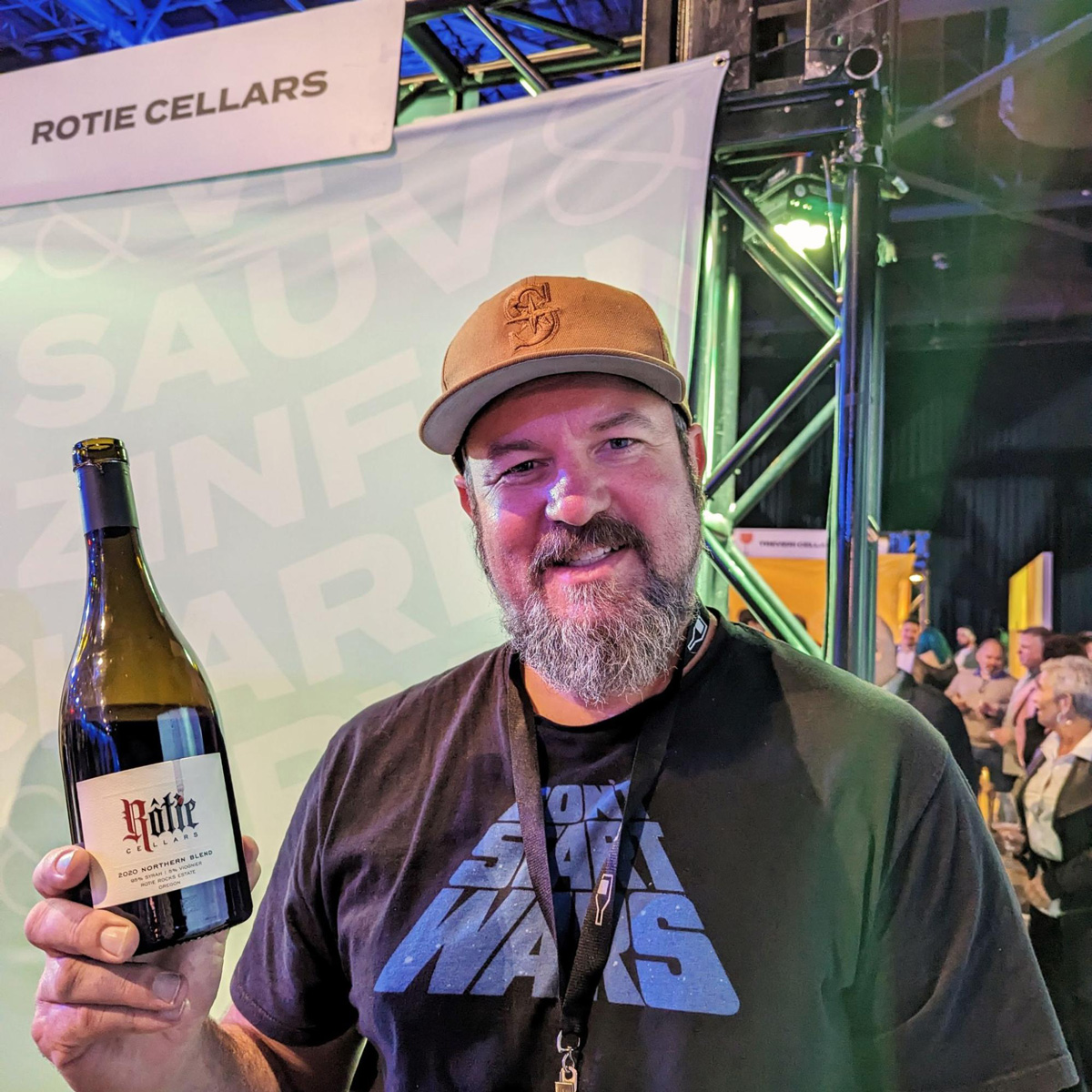
Rotie Cellars’ 202 Northern Blend is a Rhône-style red blend. Barb Wild photo
Taste Washington 2023 featured classics like Delille Cellars’ 2021 Chaleur Blanc and cult wines like Col Solare 2018 Cabernet Sauvignon. While serious Bordeaux lovers remain focused on Cabernet Sauvignon and Merlot, the interest in Grenache, Syrah and Mourvedre is surging. For example, Valdemar Syrah from Blue Mountain Vineyards in Walla Walla, known for big reds from Bordeaux varieties, was full of flavour, power and spice—world class in style and quality. Latta Wines, a small lot producer, and Rotie Cellars from Milton-Freewater are game changers making aromatically beautiful Rhône white and red blends that are pricey but exceptional.
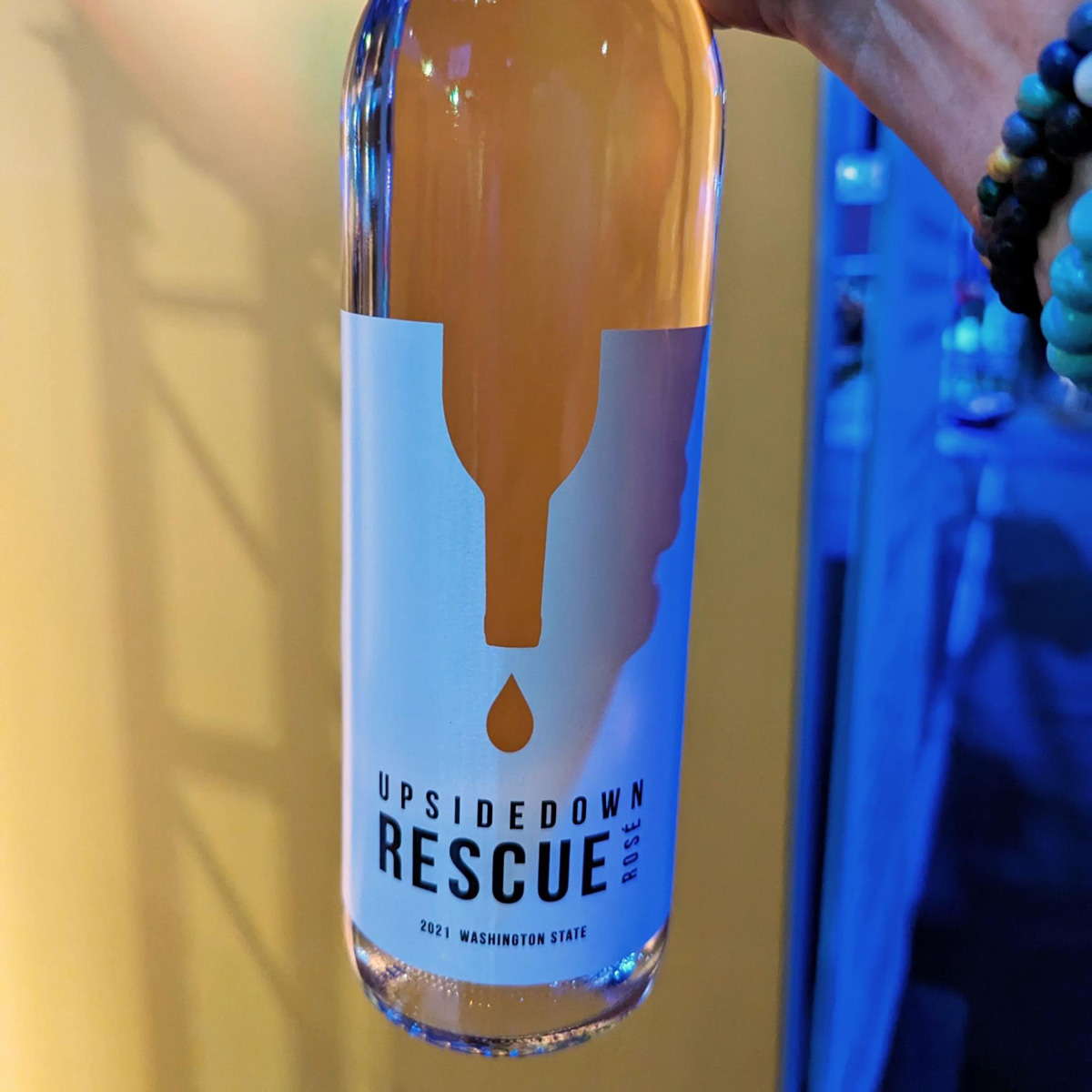
Upsidedown’s Nebbiolo Rosé is a winner. Barb Wild photo
Meanwhile, Italian varieties like Sangiovese, and Nebbiolo were also shining. Upsidedown Wine makes a 100 per cent Nebbiolo rosé and wow, it’s a winner. Traditional-method sparkling wine was celebrated by Prosser’s Tirriddis and Woodinville’s Elentone, both received high praise for freshness and bubble finesse.
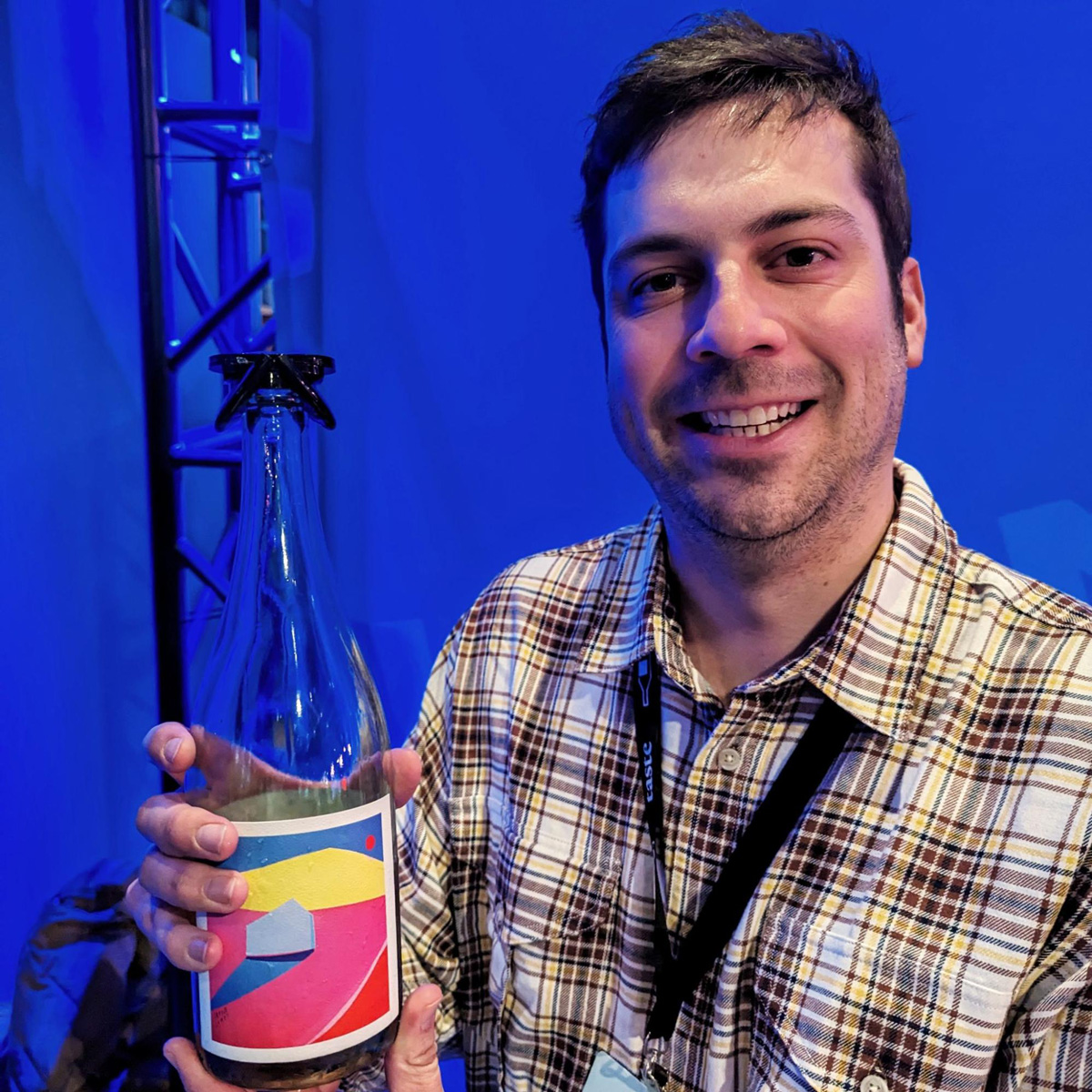
Gilbert Cellars poured natural, low-intervention pet-nat rosé. Barb Wild photo
Rosé all year? Walla Walla producer SMAK Wines and its whimsical labels saluting rosé for each season says absolutely. While the jury may be out on the success of natural wine, brands like Gilbert Cellars in Yakima poured natural, low-intervention pet-nat rosé from 100 per cent Grenache. Its clean and crisp aromas and flavours left me wanting more. For B.C. wine lovers, the growing demand for sparkling, rosé and natural wine rings all too true.
With B.C.’s wine month just ahead along with the Vancouver International Wine Festival, how does B.C.’s wine scene compare?
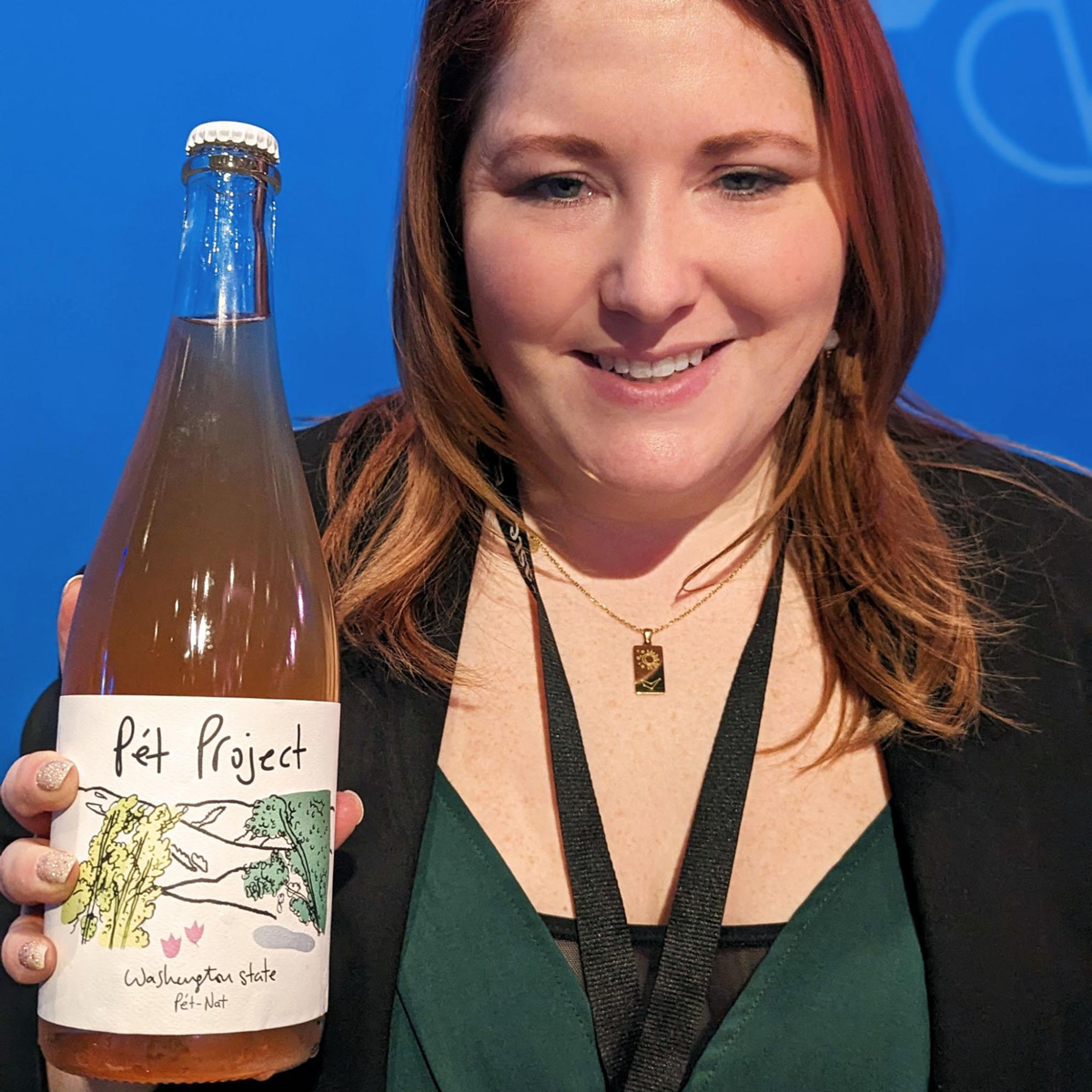
Walla Walla’s Pét Project focuses on low-intervention winemaking using the Ancestral Method, the oldest method for creating sparkling wines.Barb Wild photo
The “boutique wine” moniker suits both B.C. and Washington wine. While Syrah may be the new signature variety of Washington State, single-varietal Pinot Noir, Chardonnay and Riesling continue to be the award winners here in B.C. April is BC Wine month and the BC Lieutenant Governor Awards are on the horizon. Now you know what to look for, both in style and variety, on your next adventure to wine country, whether it’s in Washington or in B.C.

Barb Wild is the Good Wine Gal, and her goal is to help people discover what they like—without snobbery. Follow Good Wine Gal’s life of wine study, wine tastings and wine travel at goodwinegal.ca.

Barb Wild is the Good Wine Gal, and her goal is to help people discover what they like—without snobbery. Follow Good Wine Gal’s life of wine study, wine tastings and wine travel at goodwinegal.ca.
Copyright © 2025 - All Rights Reserved Vitis Magazine